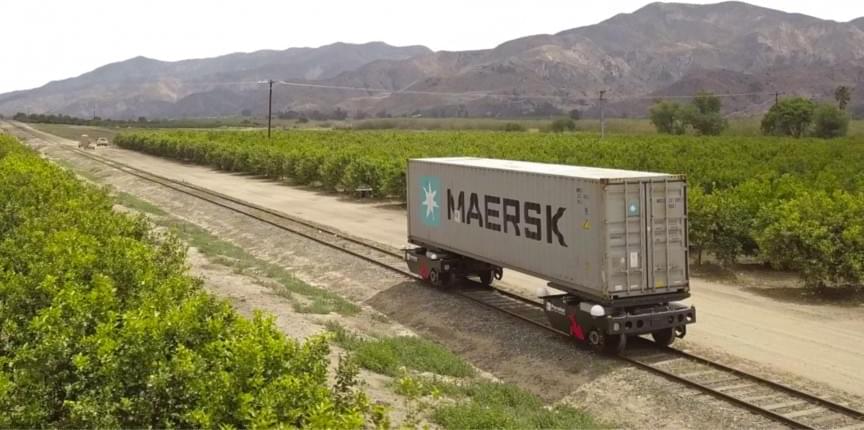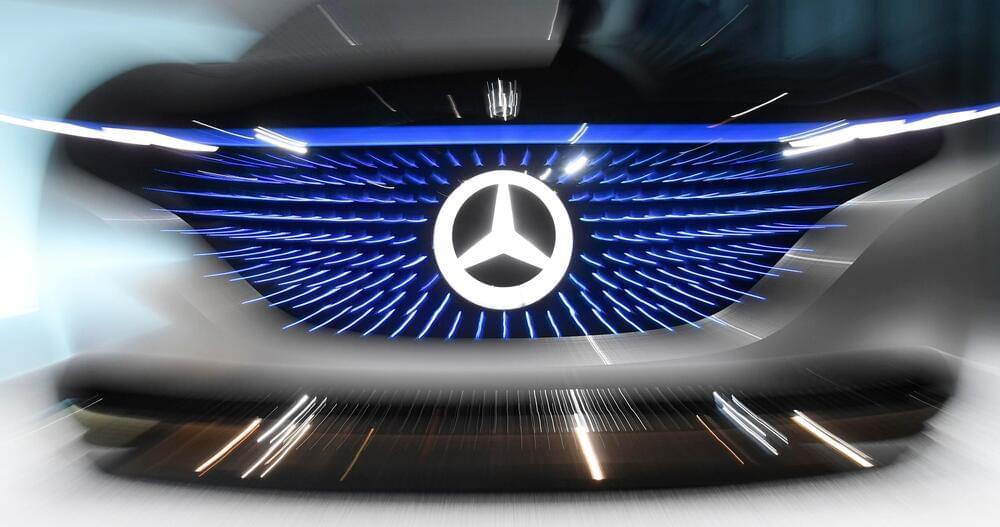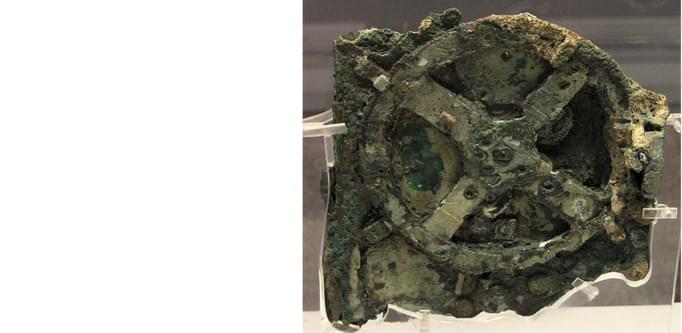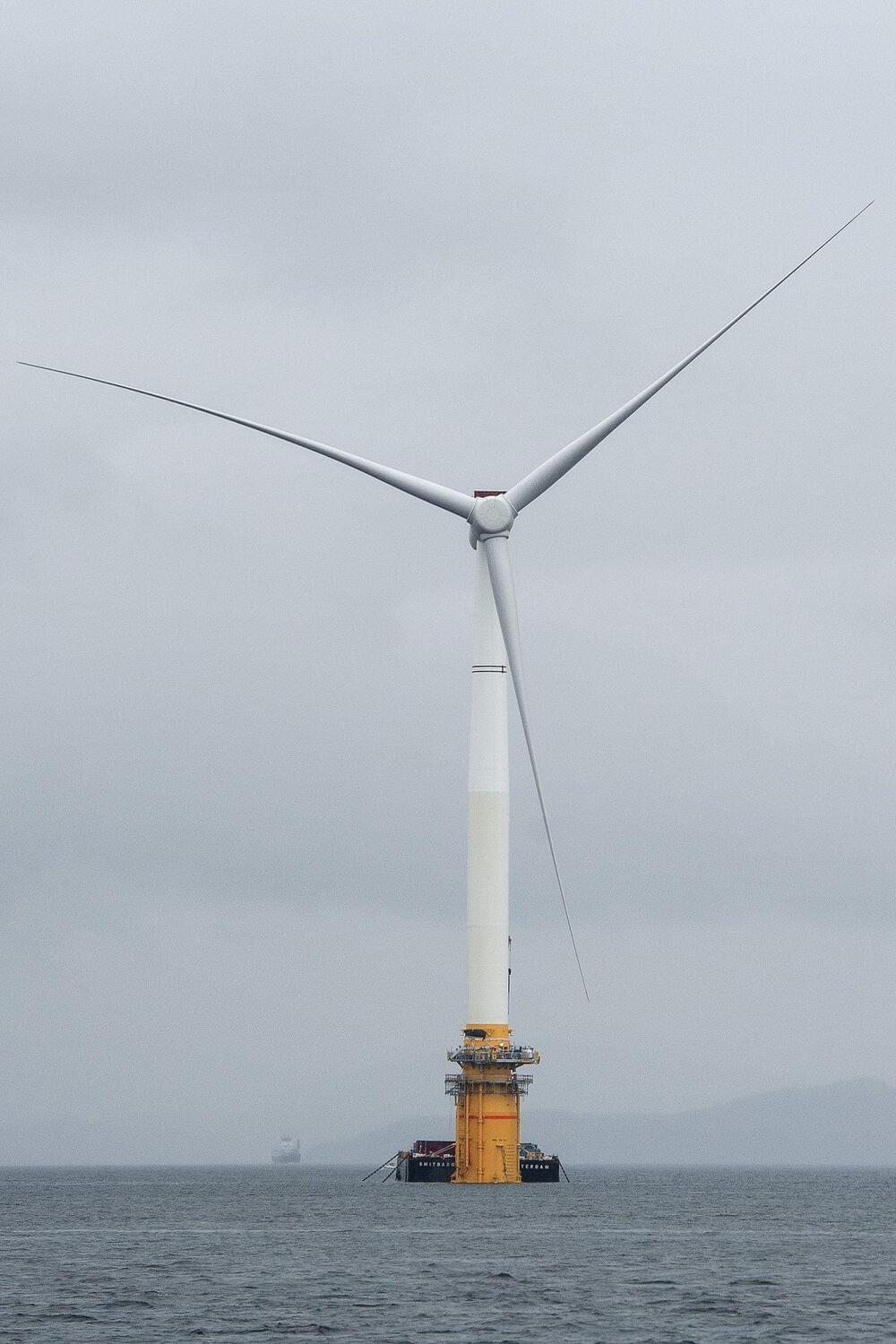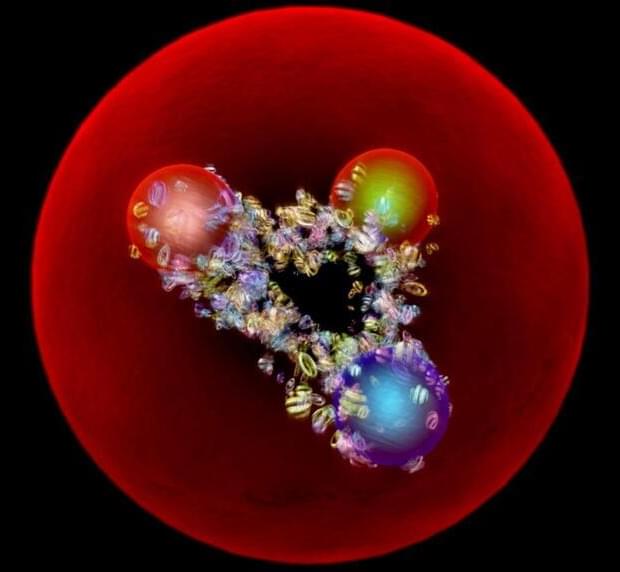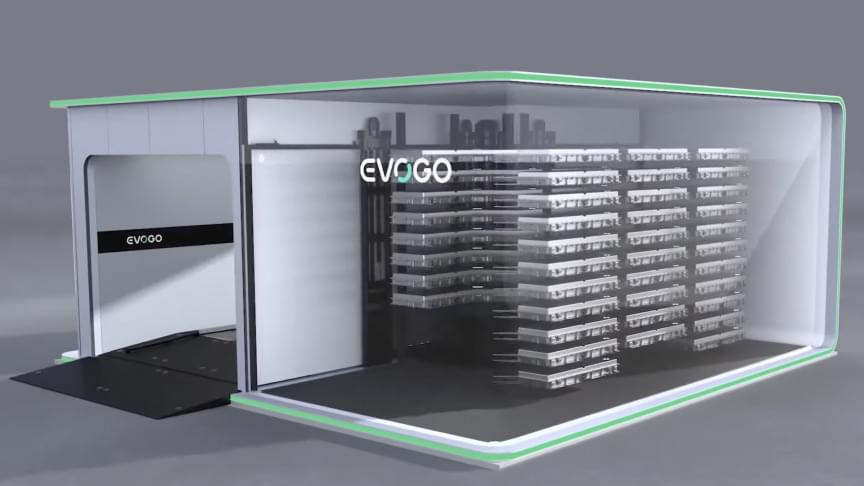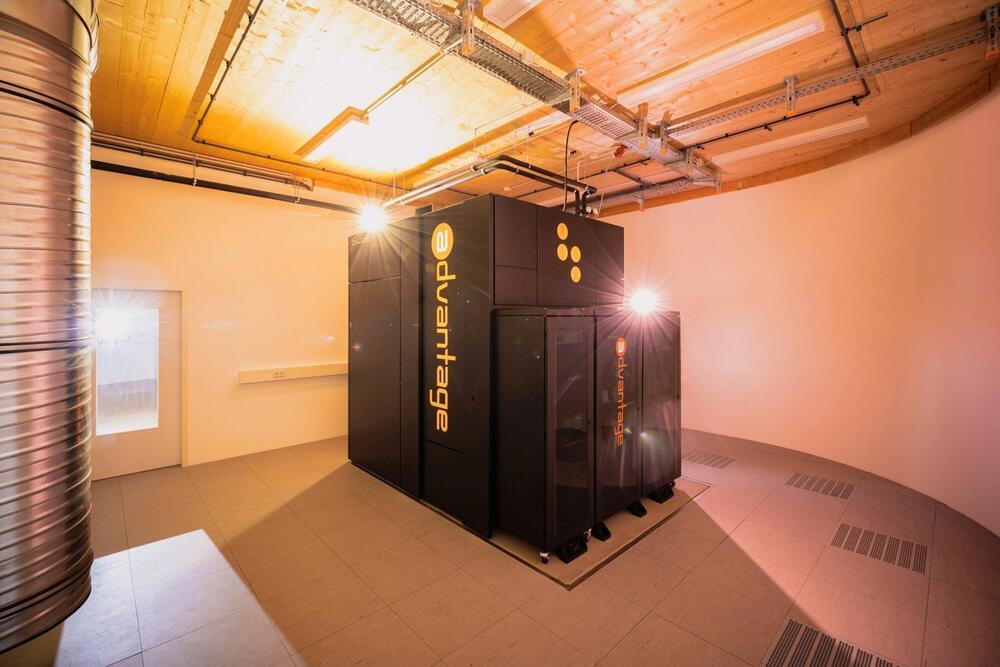And they can detach while still in motion.
Three former SpaceX engineers launched a company to develop autonomous battery-electric trains that they believe can help to improve the efficiency and emissions of railroads, a press statement reveals.
The firm, Parallel Systems, recently raised $49.55 million in Series A funds to build autonomous freight trains. The funding will go, in part, towards advanced tests for its self-driving machines.
Decarbonizing cargo transportation Railroads are a great testbed for self-driving technologies as the constrained movement of trains means there is less possibility for something to go wrong. On top of that, the transportation sector in the U.S. is the country’s largest source of greenhouse emissions, though rail is only responsible for 2 percent of total transportation emissions. Estimates by the Association of American Railroads suggest that a shift to rail and away from road transportation could reduce emissions by up to 75 percent.
